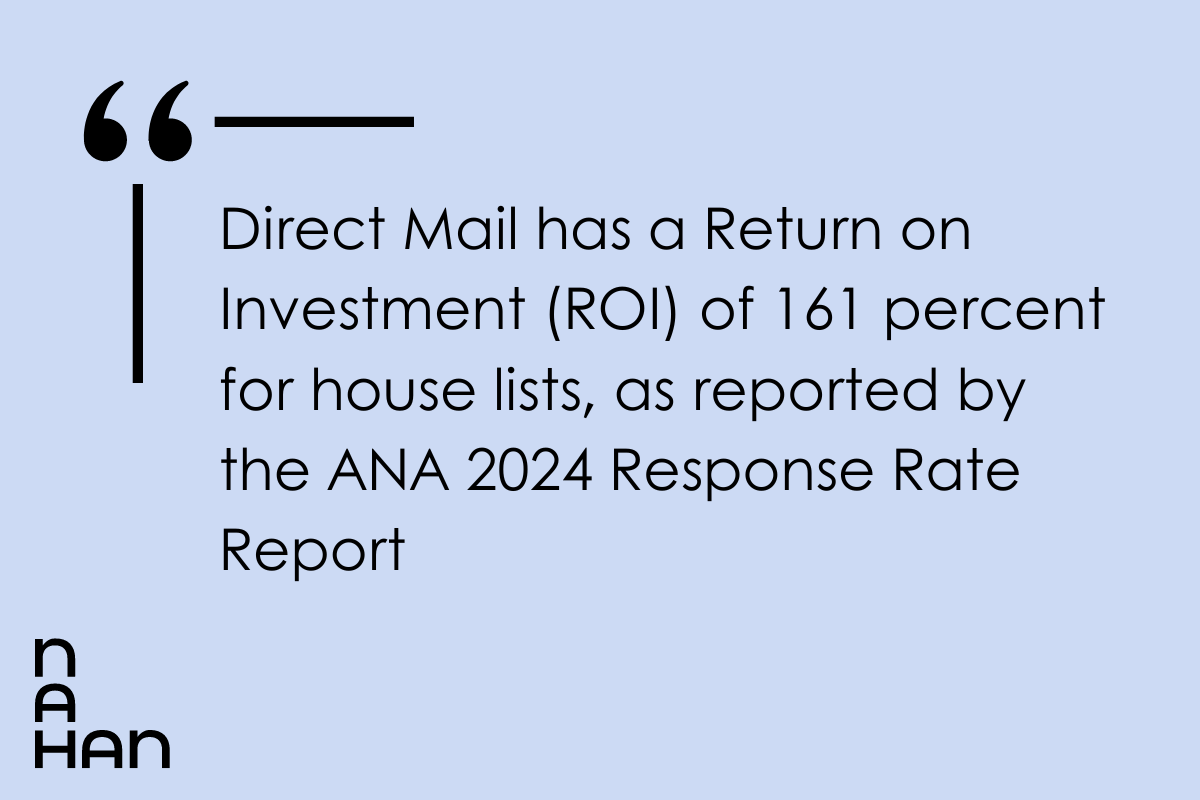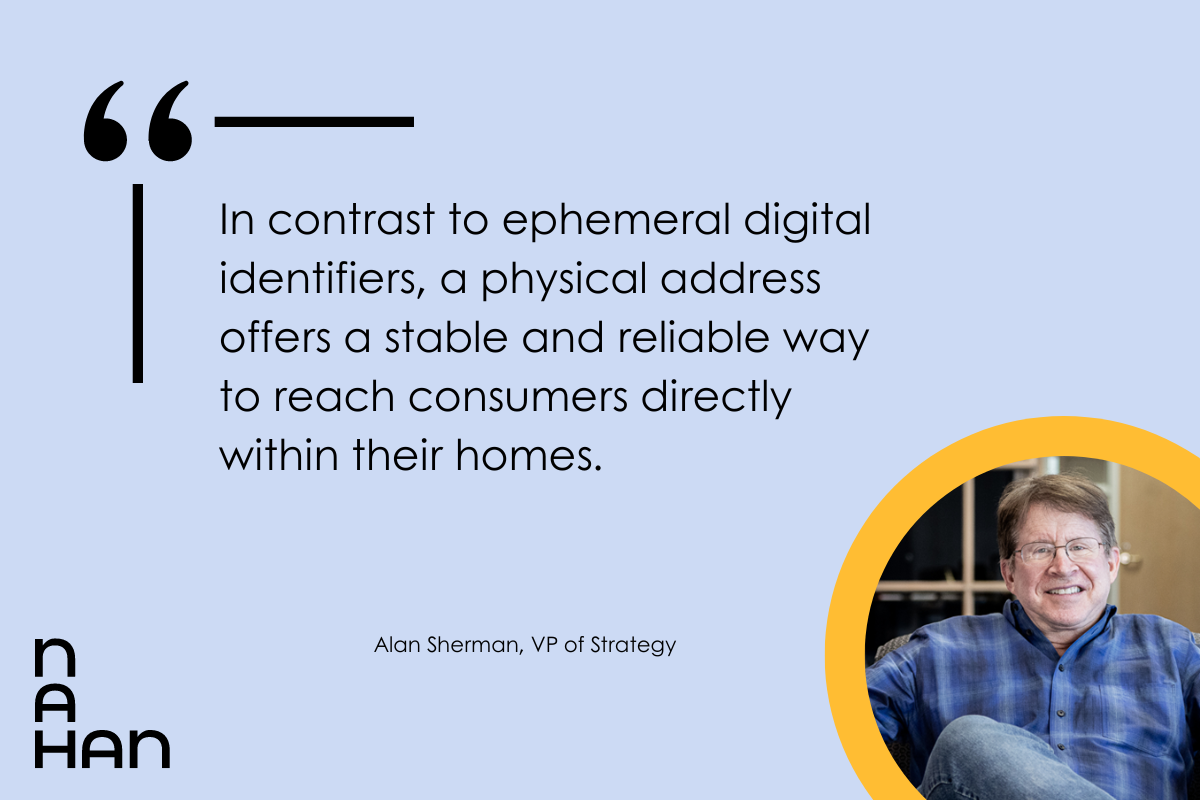Navigating the Shift: Direct Mail’s Role in a World Without Third-Party Cookies
Even seasoned marketers can find it challenging to stay on top of the latest developments in the digital advertising industry. The anticipated phase-out of third-party cookies by Google this year marks another disruptive change in an uncertain market. Now that it is upon us, many marketers are scrambling to fully understand its implications for their strategies and budget allocations.
In light of this shift to a post-cookie landscape, it is crucial for direct marketers to evaluate several key facets of their marketing program.
The Rising Cost and Complexity of Digital Acquisition
Since rebounding from the pandemic, digital advertising spending has continued to grow. However, like many other aspects of the economy, costs have surged across major platforms.
Companies are keen to reach new customers through digital channels, but privacy changes and the competition for attention have made it increasingly challenging. Additionally, the emergence of Retail Media and Connected TV has significantly influenced budgets and strategies for marketers. The phase-out of third-party cookies is poised to add further pressure to Cost Per Acquisition (CPA) as marketers adapt to the evolving digital data landscape.
Measurement remains a critical concern, with ongoing shifts such as Google’s introduction of new products like Privacy Sandbox and Meridian.
These changes are causing significant challenges for the digital advertising industry, as marketers are under tremendous pressure to deliver results. With budgets growing yet remaining tight, there is little room for inefficiency.
Direct Mail Delivers

While direct mail may have a higher Cost Per Acquisition (CPA), it justifies this with a significant Return on Investment (ROI) of 161 percent for house lists, as reported by the ANA 2024 Response Rate Report. In contrast, email house lists yield an ROI of 44%, and social media ads come in at 21%. This stark difference underscores direct mail’s crucial contribution to an omnichannel strategy, highlighting its efficiency and effectiveness in reaching and engaging customers.
Despite its effectiveness, direct mail is not without its challenges, notably the significant increase in postal rates over recent years. These challenges have compelled direct marketers to prioritize data, production and postal optimization to ensure their direct mail campaigns effectively reach the intended audience and yield tangible results for brands.
We exist in an omnichannel environment where actions in one channel invariably affect other channels. Will the elimination of third-party cookies prompt brands to shift their spending from digital to direct mail marketing? Through the use of meta-models and digital overlays (matching direct mail to the digital universe for integrated advertising), marketers can optimize how they engage customers across both channels in a targeted and personalized manner.
What’s the key?
The Unmatched Value of Household Addresses

Household addresses have proven to be an indispensable data set for marketers amidst evolving privacy regulations impacting digital advertising. As identifying consumers online becomes increasingly complex, household addresses emerge as a steadfast identifier.
“In contrast to ephemeral digital identifiers, a physical address offers a stable and reliable way to reach consumers directly within their homes,” says Nahan VP of Strategy, Alan Sherman
This durability makes household addresses an invaluable resource for marketing, facilitating targeted and personalized communications that navigate privacy concerns while effectively engaging the target audience. Such enduring value cements direct mail’s role as a dependable and stable channel in the midst of the digital landscape’s uncertainties. In addition, the availability of home address combined with name makes possible the appending of demographic and other data essential for marketing analytics.
Navigating Omnichannel Marketing Complexity with Expertise

Navigating the current marketing landscape has become increasingly complex in the post-pandemic economy, where shifts, such as the phasing out of third-party cookies and the introduction of new tools by major platforms, can significantly impact strategies.
At Nahan, we view these changes in digital advertising as opportunities for brands that are agile and prepared to confidently pursue data optimization. We recognize that each brand faces unique marketing challenges and are committed to helping navigate these opportunities to achieve their growth objectives.
We assist brands in leveraging data-driven insights, optimizing channel mix, and deploying cutting-edge technologies for precise targeting and personalization. Our goal is to ensure that marketing strategies not only comply with current regulations but are also well-positioned for future shifts in the digital ecosystem.
Conclusion
As we conclude, it’s essential to recognize the dynamic nature of digital targeting and the critical role of integrating advanced direct mail strategies into the omnichannel marketing mix. This integration ensures privacy, enables personalization, and drives high engagement with customers, addressing the challenges and opportunities presented by the evolving marketing landscape.
Let’s connect! We’re eager to discuss how direct mail campaigns can elevate your marketing strategy.


